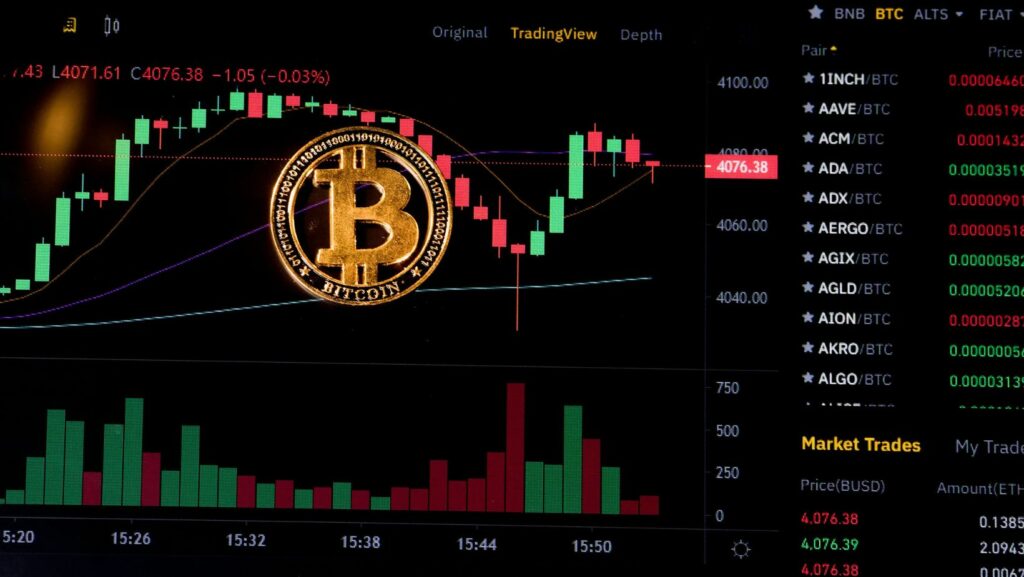Cryptocurrency trading is a common activity because numerous individuals desire to profit from digital asset fluctuations and possible earnings. However, accomplishing successful trades on a cryptocurrency exchange necessitates thoughtful strategy development, market examination, and effective risk management. Here are some suggestions and methods for handling the intricate realm of cryptocurrency trading with greater results and reduced risks.
Understanding Market Analysis
Market analysis is the foundation of cryptocurrency trading. This involves studying market movements, price trends, and trading volumes to make informed decisions. The two main types of market study are basic and technical analysis.
Fundamental Analysis
This method is focused on the real value of a cryptocurrency. To assess it, we consider its basic technology, the team behind it, how much people desire to use and hold in future markets, and industry health overall. The basic analysis aids traders in comprehending what might occur with a particular cryptocurrency over time so they can determine if it’s suitable for long-term investment by considering its usefulness in actual life and potential for growth.
Technical Analysis
Technical analysis primarily focuses on previous price changes and trading amounts. Traders use various instruments and indicators, such as moving averages, relative strength index (RSI), and candlestick patterns, to locate trends and possible entry or exit points. This method of study is better suited for short-term trade strategies.
Choosing a Trading Strategy
Individuals involved in day trading are those who quickly purchase and sell cryptocurrencies, sometimes even within the same day. They aim to earn profits from slight price variations that occur over a few minutes or hours. This approach necessitates keeping an eye on the market all the time, making quick decisions, and having a good knowledge of utilizing technical analysis instruments. Even though it might yield profit, day trading is risky and can lead to substantial losses if not done cautiously.

Swing traders aim to take advantage of price shifts within a short period, such as several days or weeks. They scrutinize market trends and keep their positions until the price has hit its highest or lowest point. This style demands less time and dedication than day trading, so it is good for people who cannot always keep an eye on the market.
Hodling
HODLing, a term from the incorrect spelling of “hold,” is when you buy and keep digital currencies for long periods, even if their market value goes up or down. Those who use this method believe that cryptocurrencies will increase in worth over time, so they hold onto them. People doing HODL concentrate on fundamental analysis; they worry less about short-term price movements.
Scalping
This is a strategy where many trades are made within one day. People using this method try to make profits from small changes in prices. To use this tactic, you need to have a lot of knowledge, be quick at handling transactions, and know how to work with a crypto exchange that charges low fees. Scalping can bring in good money, but it also requires much time and focus.
Staying Informed and Adapting
The cryptocurrency sphere, like other sectors of finance and investment, is in a constant state of change.

Many factors can affect its growth or decline such as shifts in regulations, advancements in technology and global economic trends among others. Following the news and changes occurring within this market is very crucial for making intelligent decisions about trading. Traders need to be adaptable because they have to modify their strategies based on how the market moves. For insights into strategic approaches like understanding market timing vs. time in the market, Vector Vest can offer valuable guidance.
Conclusion
To trade cryptocurrencies effectively on exchanges, one must analyze the market, plan strategies and handle risks. Recognizing market trends, choosing the suitable trading technique and adopting methods of risk management can assist traders in navigating the erratic nature of cryptocurrency trading. Continual learning and flexibility are crucial to thrive in this shifting market sphere.

